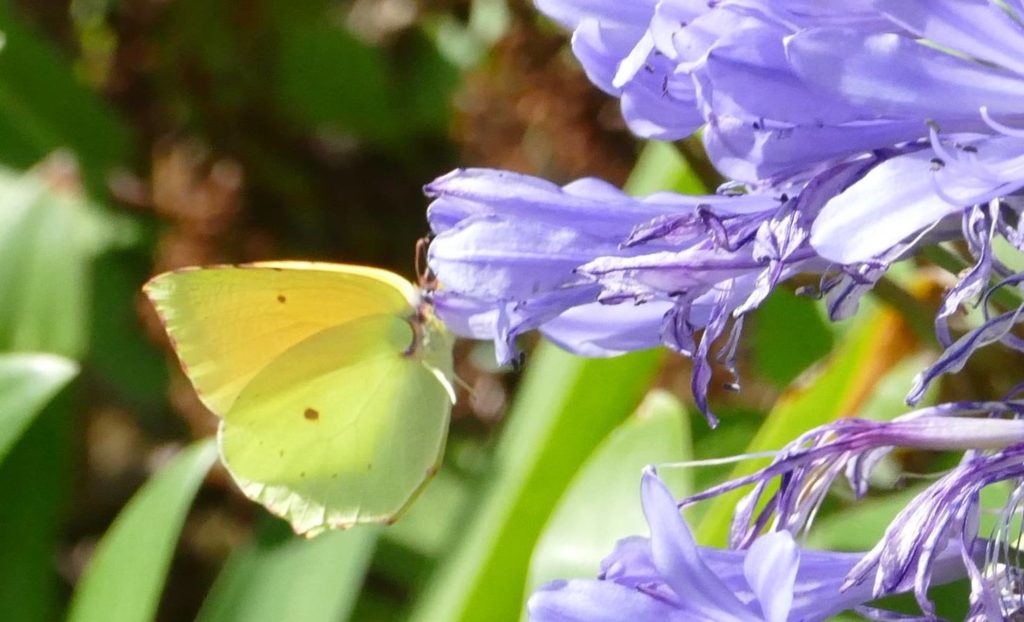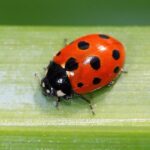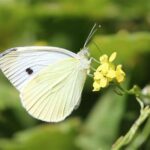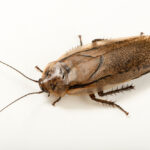Discovering the Insect Wonders of Madeira: Nature’s Tiny Marvels
Madeira, a breathtaking subtropical island in the Atlantic Ocean, is renowned for its stunning landscapes, lush greenery, and vibrant floral displays. While its natural beauty and pleasant climate attract numerous tourists, Madeira is also home to a fascinating array of insects that play crucial roles in its ecosystem. Let’s dive into the world of Madeira’s insects and uncover the tiny marvels that contribute to the island’s biodiversity.
The Vital Role of Insects in Madeira’s Ecosystem
Insects are often overlooked, yet they are essential to the health and sustainability of Madeira’s environment. These small creatures are responsible for pollination, decomposition, and serving as a food source for other wildlife. Their presence ensures the survival of many plant species, which in turn supports the island’s diverse fauna.
Pollinators: The Unsung Heroes
Among the insects of Madeira, pollinators like bees and butterflies stand out for their indispensable role in maintaining the island’s floral abundance. The Madeiran honeybee (Apis mellifera subsp. iberiensis) is particularly noteworthy. These bees are vital for the pollination of both wild and cultivated plants, including the famous Madeira wine grapes. Butterflies, such as the Madeiran Brimstone (Gonepteryx maderensis), flit through the island’s gardens and forests, contributing to the reproduction of various flowering plants.

Decomposers: Nature’s Recyclers
Decomposer insects, including beetles and ants, are critical for nutrient cycling on Madeira. These insects break down organic matter, returning essential nutrients to the soil and promoting plant growth. The Madeiran ground beetle (Trechus fulvus) is one such species that helps decompose plant material, ensuring the island’s soil remains fertile and productive.

Predators and Parasitoids: Balancing the Ecosystem

Predatory insects, such as ladybugs and certain wasps, play a vital role in controlling pest populations. The Madeiran ladybird (Coccinella undecimpunctata) is a common sight and is particularly effective in managing aphid populations that could otherwise harm crops and ornamental plants. Additionally, parasitoid wasps help regulate insect populations by laying their eggs in or on other insects, ensuring a natural balance within the ecosystem.
Endemic Insect Species of Madeira
Madeira’s unique geographical location and climate have led to the evolution of several endemic insect species found nowhere else on Earth. These species have adapted to the island’s specific conditions, making them invaluable to the local ecosystem and of significant interest to entomologists and conservationists.
Madeiran Large White Butterfly (Pieris brassicae wollastoni)

This butterfly is a subspecies of the Large White butterfly and is unique to Madeira. Its striking white wings with black tips are a common sight in gardens and wildflower meadows. The Madeiran Large White plays a crucial role in pollinating various native plants, contributing to the island’s biodiversity. They thus play a key role and are beautiful to watch as they dance gracefully around gardens and in nature.
Madeiran Cockroach (Leptoglossus gonagra)

While cockroaches might not be everyone’s favorite insects, the Madeiran cockroach is an interesting species adapted to the island’s environment. It helps in the decomposition process and serves as a food source for birds and small mammals, maintaining the balance of the local food web. While the sight of a cockroach might be startling, they are harmless. A sub tropical climate and cockroaches belong together like birds of a feather. One cannot have one without the other.
Conservation Efforts and Challenges
Preserving Madeira’s insect diversity is essential for the health of the island’s ecosystems. However, like many other regions, Madeira faces challenges such as habitat loss, climate change, and the introduction of invasive species that threaten native insect populations. Conservation efforts are underway to protect these vital creatures and their habitats. Initiatives include habitat restoration, sustainable agriculture practices, and public education on the importance of insects.
How You Can Help
Visitors to Madeira can contribute to insect conservation in several ways. Here are a few simple actions you can take:
- Respect Natural Habitats: Stick to designated trails and avoid disturbing natural environments.
- Support Local Conservation Efforts: Participate in or donate to local conservation projects and organizations.
- Create Insect-Friendly Spaces: If you have a garden or balcony, plant native flowers and provide water sources to attract and support pollinators.
Conclusion
The insects of Madeira, though small in size, have a monumental impact on the island’s ecosystem. From pollinators to decomposers, each insect species plays a unique and vital role in maintaining the natural beauty and ecological balance of this subtropical paradise. By appreciating and protecting these tiny marvels, we ensure that Madeira remains a vibrant and thriving haven for all its inhabitants, human and insect alike.
So, the next time you visit Madeira, take a moment to observe and marvel at the intricate world of insects. You might just discover a new appreciation for these often-overlooked creatures and their indispensable contributions to the island’s natural splendor.